I APPRECIATE my friends who have forgiven me for staying glued to my computer these past six months: my always dependable first reader Gerry Brittingham Hay; my organizer Kevin Wagner; Betty May Settecase and the rest of the “Jolly Matrons,” a secret—but friendly—society who have known each other since we were seventeen, Joan Kelly, Sue Morrison, Sue Dreyer, Patricia Potts, Shirley Coffin, Gail Bronson, Alice Govig, Shirley Jacobs, Joyce Schmaltz, and Val Szukovathy. To my fellow writers Donna Anders and Leslie Rule, and all my old pals with whom I’m going to go out to lunch again: Shirley Hickman and Rosalie Foster, Claudia House, Chirlee House, Margie McLaughlin, Cece Coy, Jennifer Heimstra, Marnie Campbell, Bonnie Allen, Elisabeth Fredericksen, Janet West, Patty Greeney, Gretchen DeMulling, Dee Grim, and Maureen Woodcock.
I am very lucky indeed that I still have my editorial and publishing team at Free Press/Simon & Schuster/Pocket Books as we work on our seventeenth book together. Authors need editing and more editing, a clear legal head to advise them, production people, proofreaders, designers in the art department, an enthusiastic marketing department, creative publicists, and accurate printers. This is my writing home, and I am glad I found it! Thank you all for so many years of support and friendship: Carolyn Reidy and Martha Levin (publishers); Fred Hills and Burton Beals (editors); Kirsa Rein (editorial assistant); Isolde Sauer, Jane Herman, Betty Harris, and Eva Young (copyediting); Jennifer Weidman (legal); Carisa Hayes and Liz Keenan (publicists); Karolina Harris (text design); Hilda Koparanian (production); and Eric Fuentecilla (cover design).
I chose the best literary agents in the world—at least for me—thirty-five years ago, and Joan and Joe Foley are, happily, still with me. Thanks to Ron Bernstein of International Creative Management for representing my theatrical rights.
There is also an irreplaceable team in Seattle who never let me down as the deadlines creep up: Roadrunner Print and Copy, Entre Computer, and the FedEx folks at the SeaTac Airport who hold the door open as I come racing up with finished manuscript pages due in New York City overnight.
And, finally, to my “writing dogs”—Lucy and Willow—and the cats who sit on my warm computer—Fluffbutt, Beanie, Bunnie, and Toonces. They all keep me from getting lonesome when days go by without my seeing human beings.
About the Author
ANN RULE is the author of twenty-one New York Times national bestsellers, all of them still in print. A former Seattle police officer, she has a B.A. in Creative Writing from the University of Washington, an A.A. in Criminal Justice from Highline Community College, and a Ph.D. in Humane Letters from Willamette University. She is a certified instructor for police, probation, and corrections officers, and for CLE and CME, and has taught seminars to many law enforcement groups, including the F.B.I. Academy, for many years. She has been an active advocate for victims’ rights organizations for three decades. She has testified before U.S. Senate judiciary subcommittees twice, and was one of the five civilian advisers on the VICAP (Violent Criminal Apprehension Program) Task Force to set up its program to track and trap serial killers. Ann is currently at work on two new books. She lives near Seattle, and can be contacted through her website pages at www.AnnRules.com.
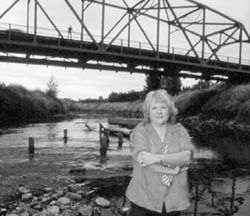
Ann Rule, standing beneath the Peck Bridge on the edge of the Green River in Kent, Washington, at the exact spot where Wendy Lee Coffield’s body was found in July 1982. No one could imagine then that Wendy was only the first of more than fifty victims.
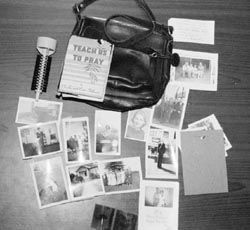
Debra Lynn Bonner, 22, was found in the Green River a month after Wendy Lee Coffield. Although she rarely had a permanent address, Debra was deeply loyal to her family and always carried their photos and mementos.
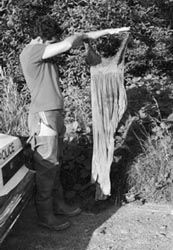
A King County police diver holds Debra Lynn Bonner’s dress, found in the Green River near her body in August 1982.
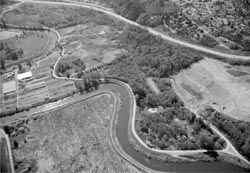
An aerial photograph of the Green River as it winds through a fertile valley in southeast King County, Washington. After the summer of 1982, the name Green River triggered thoughts of deadly violence instead of serenity. The bodies of five young women floated there, hidden by the tall grass.
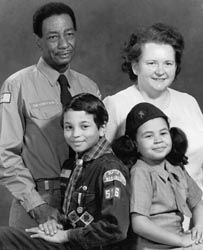
The Robert Mills family, 1972 (REAR: Robert and Kathy; FRONT: Garrett and Opal). Opal and Garrett suffered from racial prejudice in school and stuck together fiercely. Garrett always felt responsible for his little sister’s safety and his ultimate failure to protect her haunts him still.
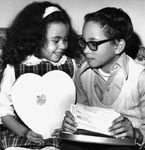
Because Garrett Mills had survived delicate heart surgery at age five, he and Opal collected money to give to the Childrens’ Orthopedic Hospital. Opal, whom her brother called “The Little Peanut,” was still safe then.
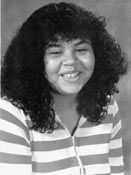
One of the last photographs of Opal Charmaine Mills, at 14 or 15, 1981. As a teenager, Opal lived a rich fantasy life, fancying herself in love with boys and men she hardly knew. Gullible and vulnerable, she, too, was left at the Green River.
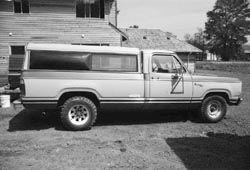
A brown truck with a camper shell didn’t stand out as suspicious on the Pac HiWay “Strip” in the early eighties. Later, witnesses would remember this pickup, along with similar vehicles that patrolled the highway.
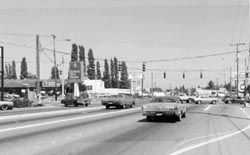
The Strip where prostitution proliferated from 1982 to 1985, the busy Pac HiWay that runs past Seattle’s SeaTac Airport. It became the prime hunting ground for a serial killer who targeted teenage girls.
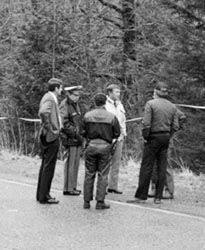
Sheriff’s Lt. Dick Kraske confers with his detectives at the North Bend body-cluster site where several Green River Killer victims were found.
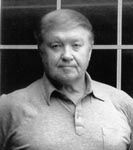
Lt. Dick Kraske after his retirement. He was at the center of both the “Ted” (Bundy) murders in the midseventies and the Green River probe seven years later.
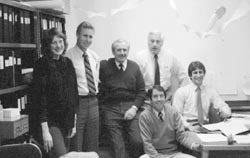
In 1983, the first Green River Task Force posed for a photograph in the cramped office between floors in the King County Courthouse. FROM LEFT: Elizabeth Druin, Pat Ferguson, Sgt. Bob “Grizzly” Andrews, Ben Colwell, Dave Reichert. SEATED IN FRONT: Lt. Dan Nolan. Despite questioning hundreds of people about the murders, there were no easy answers.